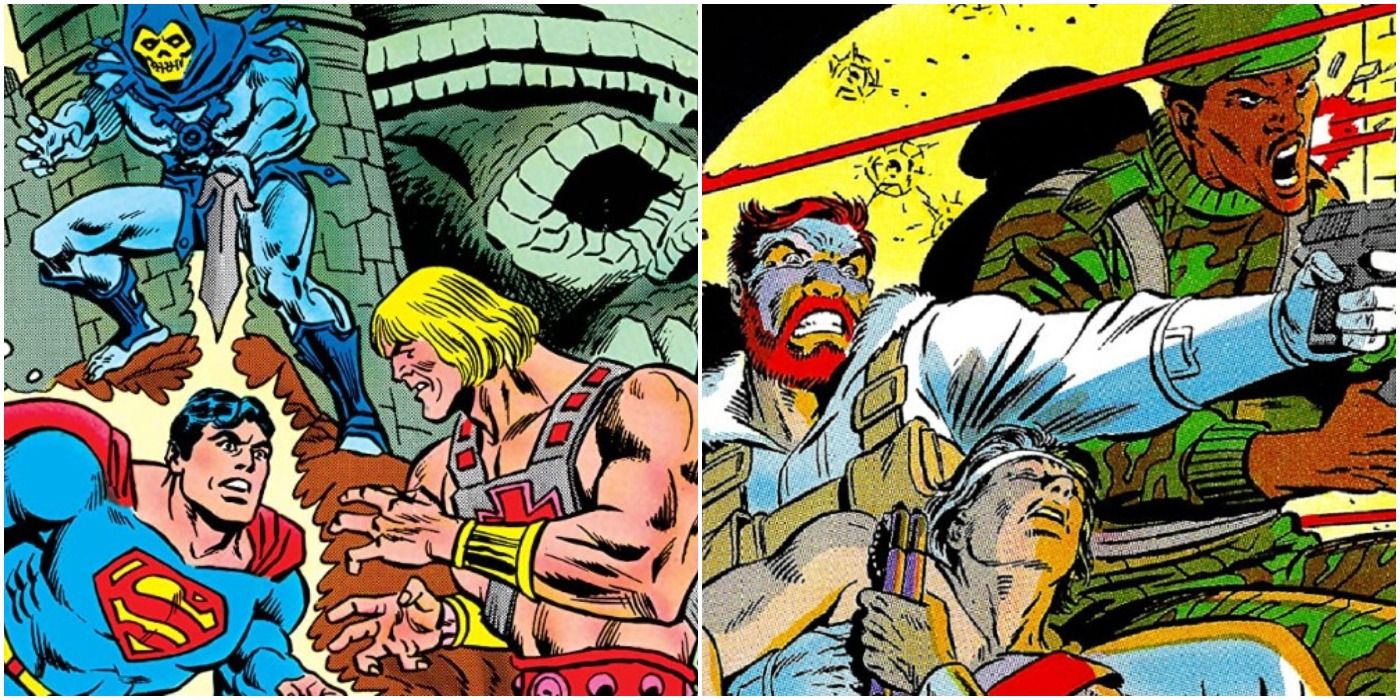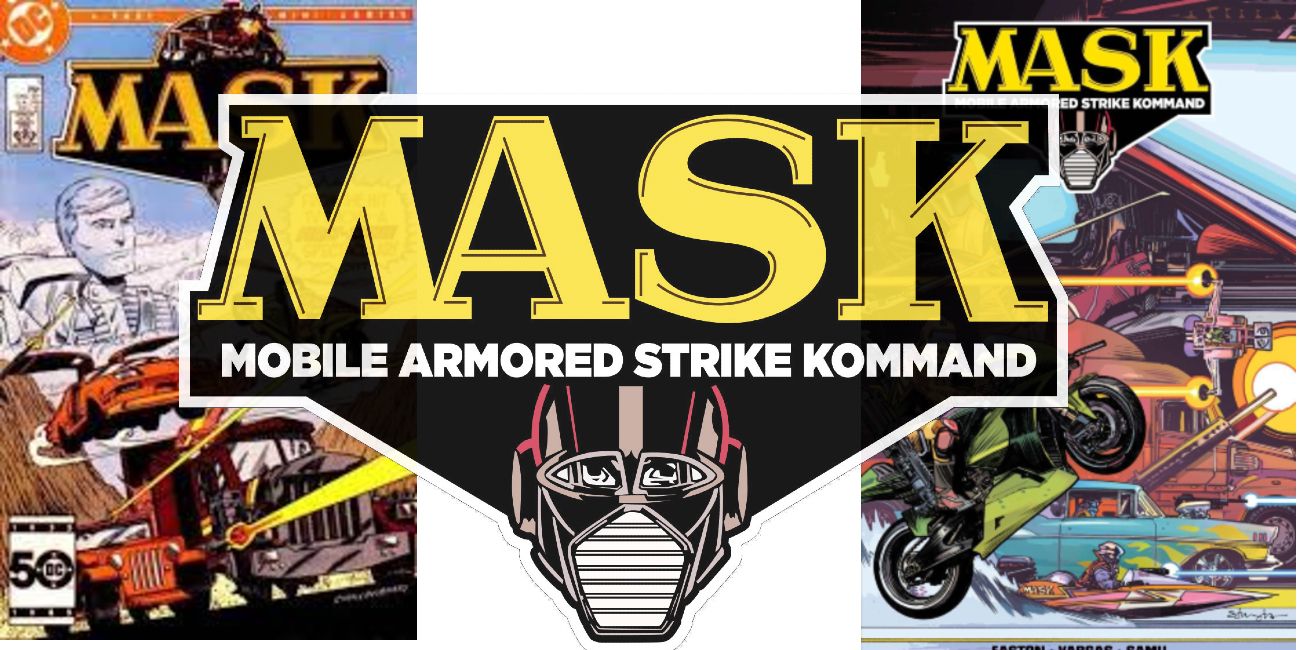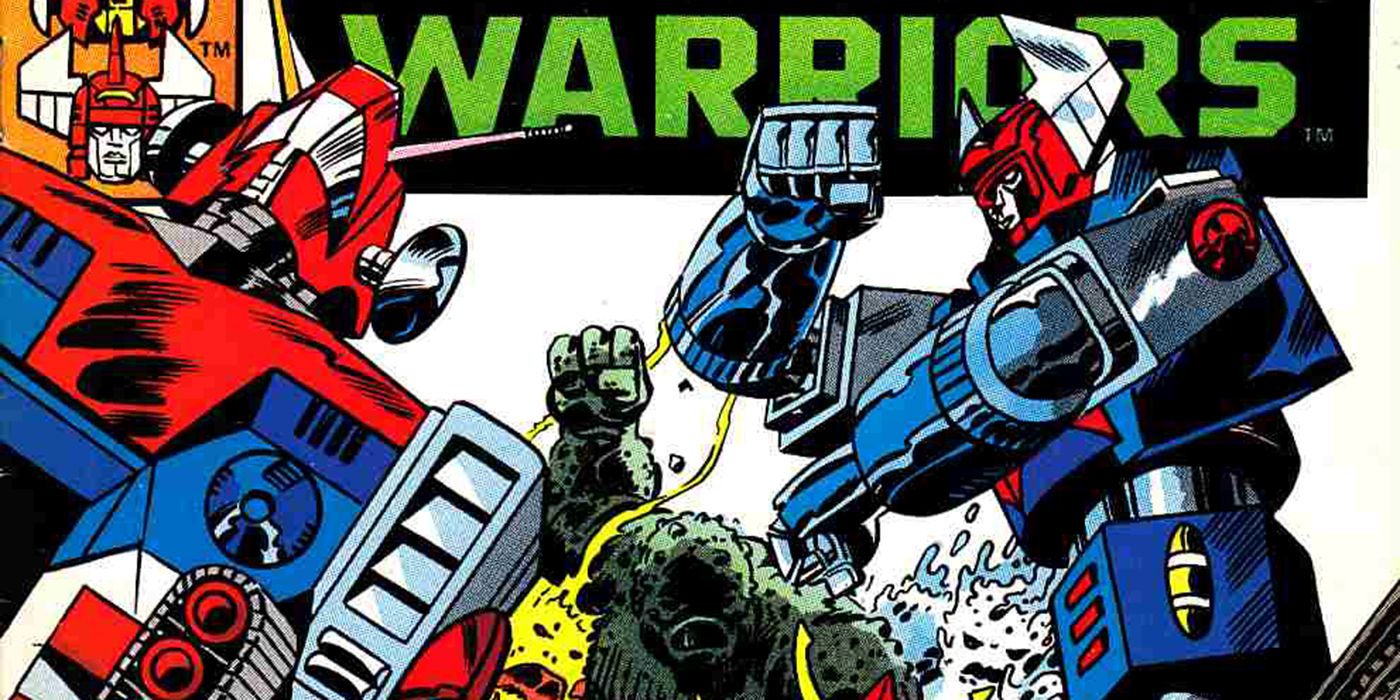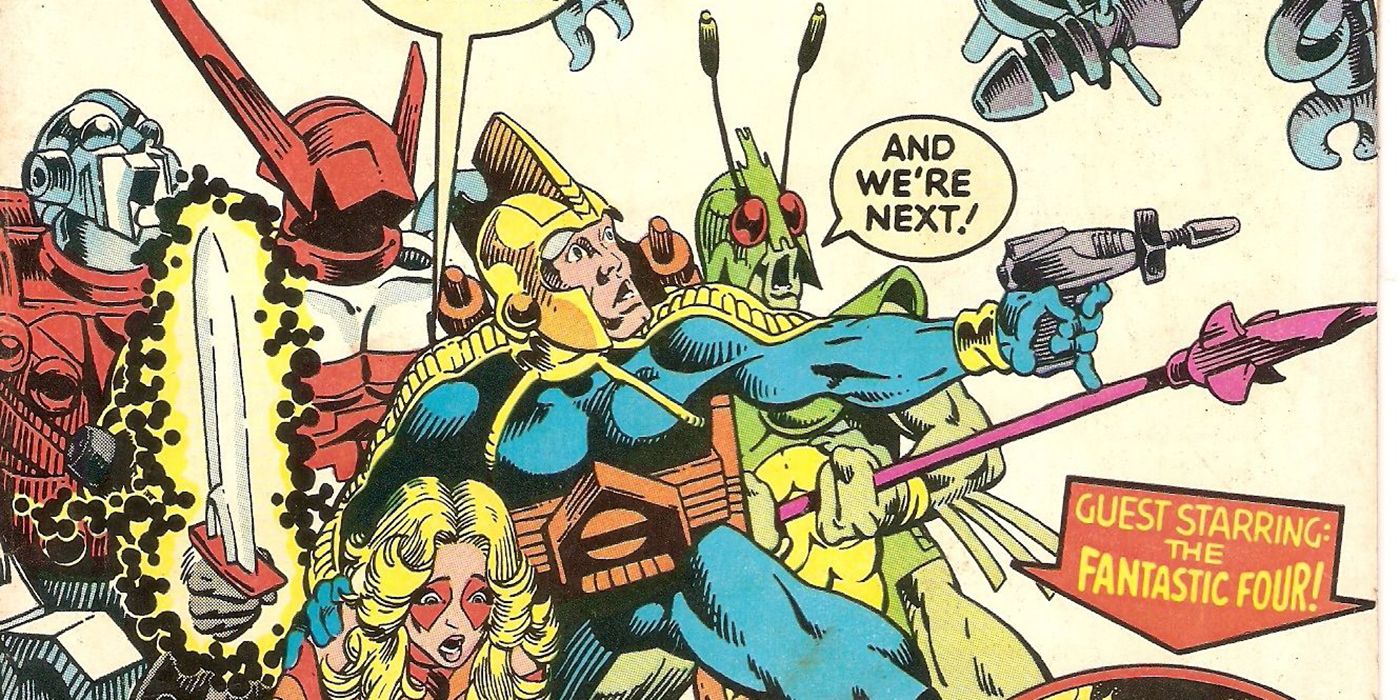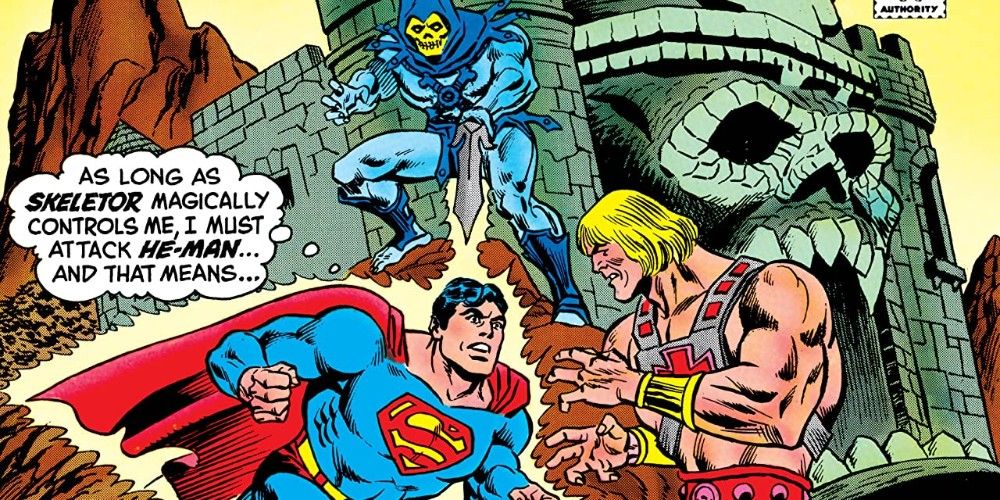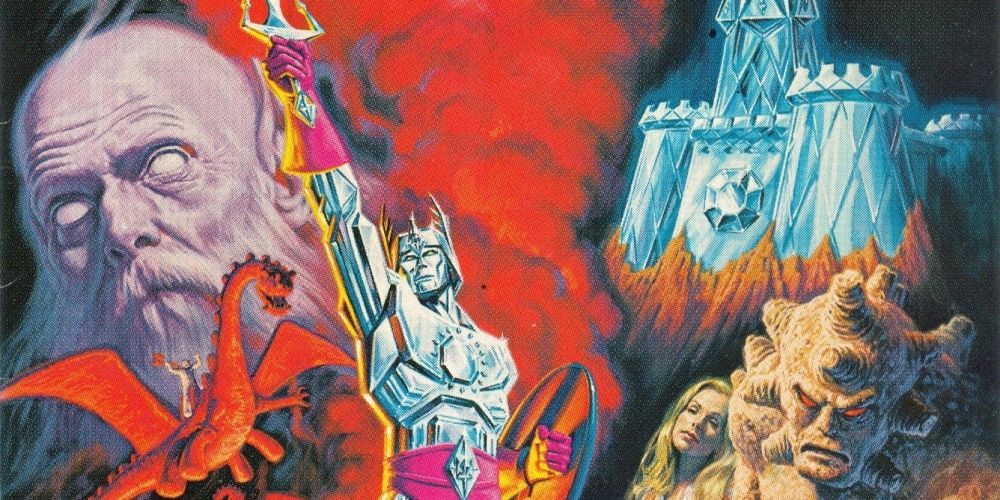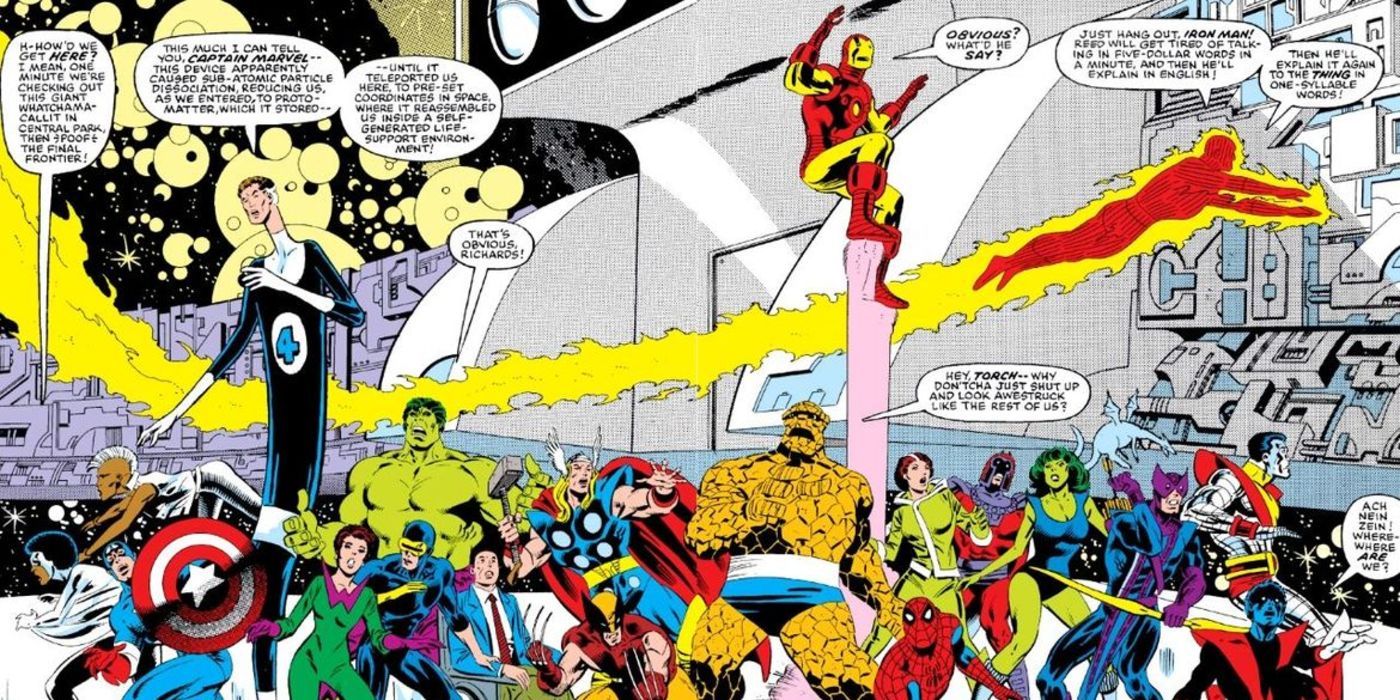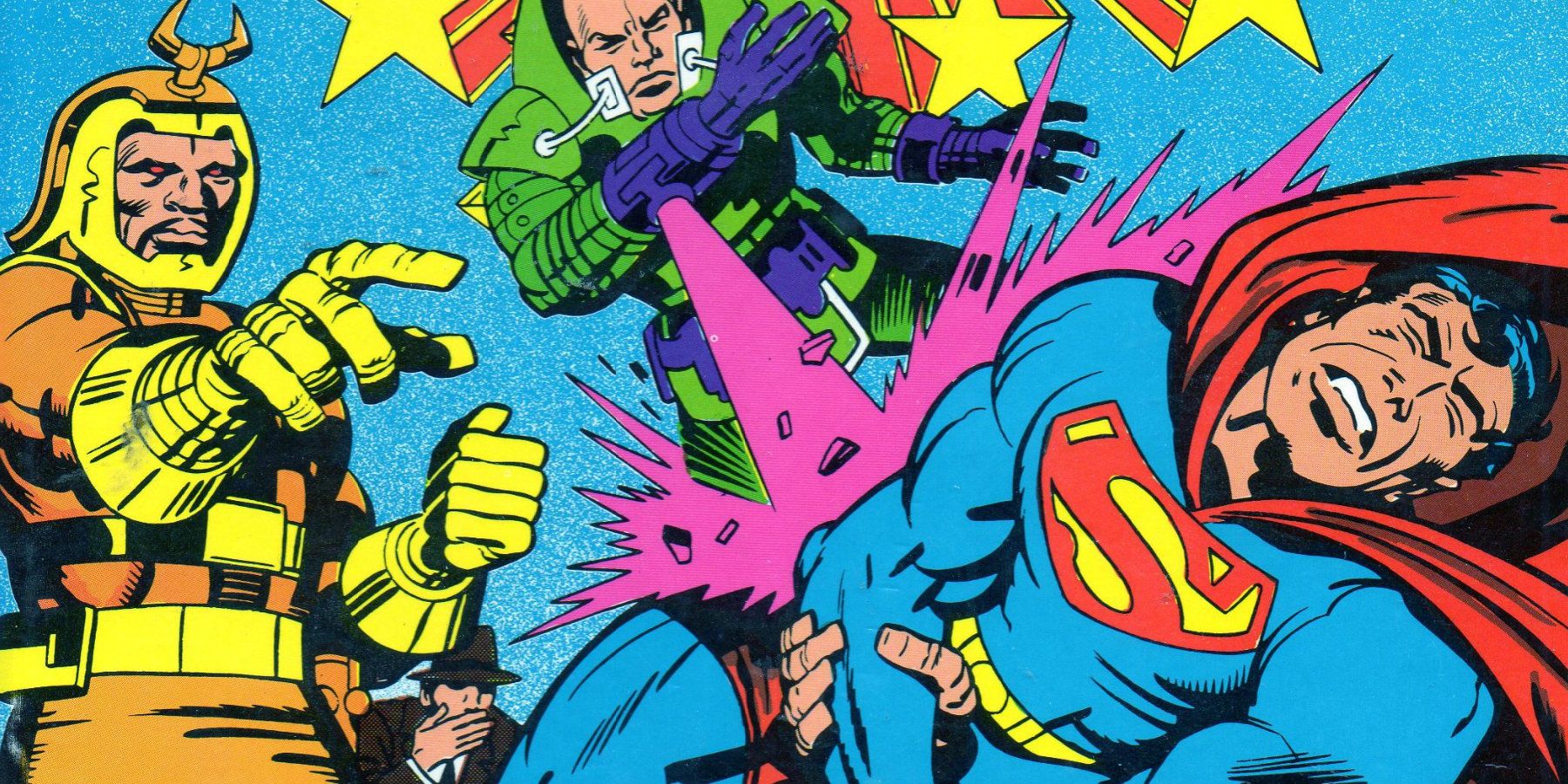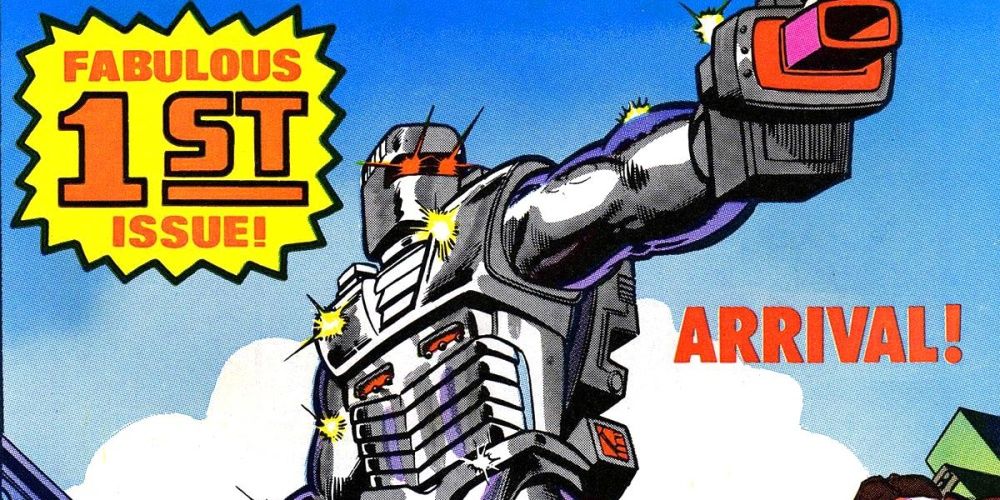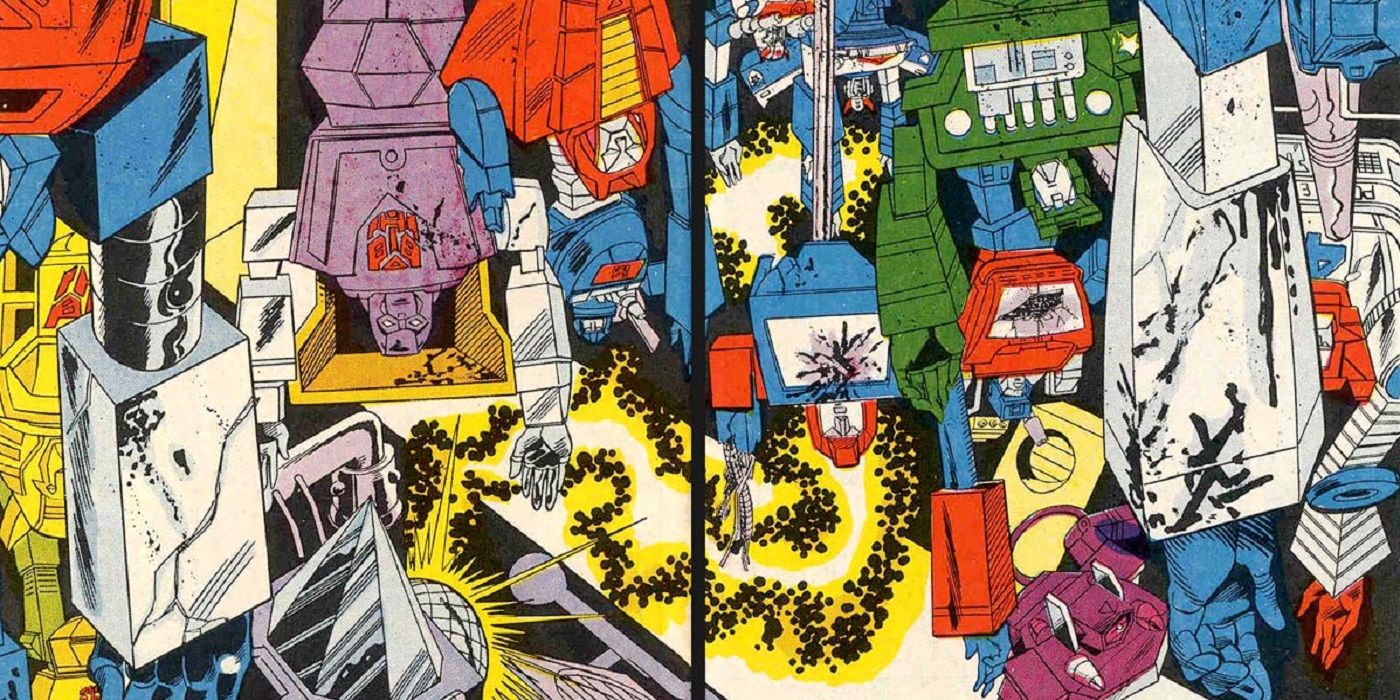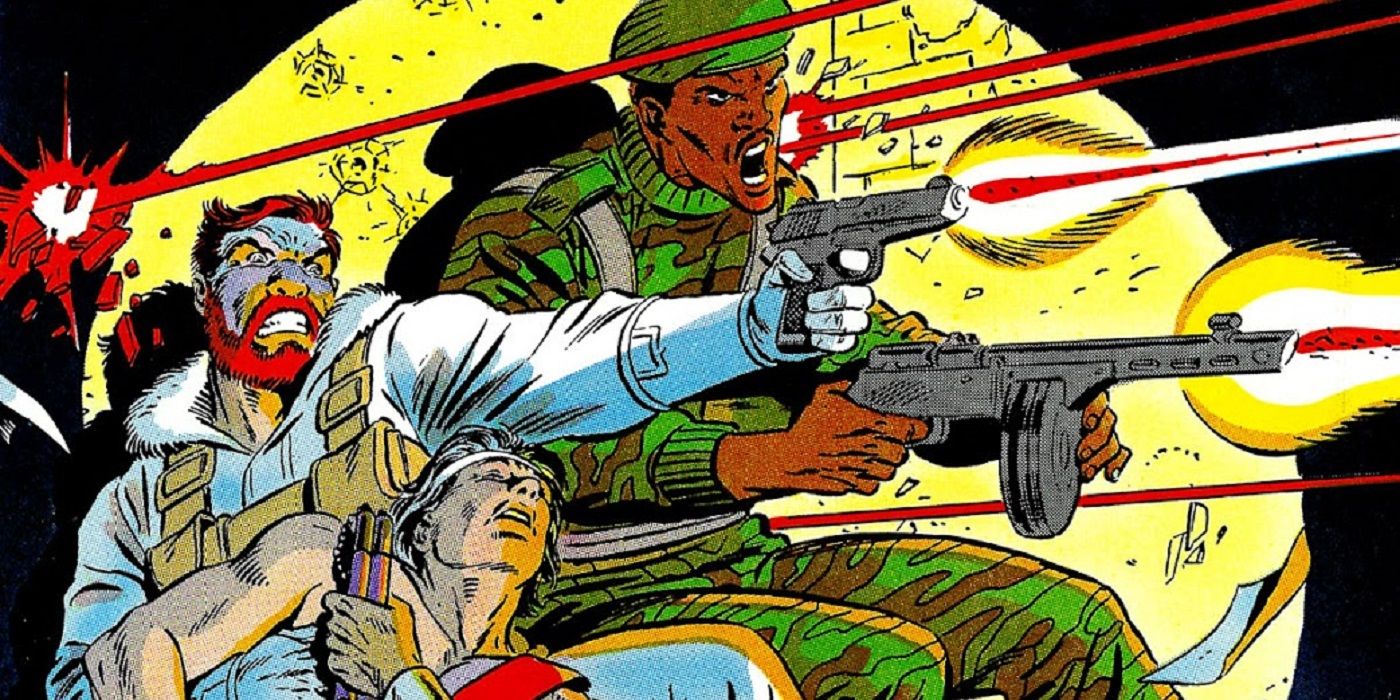The 1980s are very often considered the Golden Age of toys, and a big part of that is the broad reach major toy lines like G.I. Joe and Transformers had through various forms of media. Beyond the toys themselves, these lines had major animated series and movies, as well as highly popular comic book runs.
Most 80s toy lines had some form of comic book support, but not all of them were good or enduring. A few made a lasting impression beyond even the toys themselves, interacting with the superhero universes of their parent companies in strange and lasting ways.
10 M.A.S.K.
There are a lot of iconic masks in comic books. Some of the most unique appeared in the M.A.S.K. (Mobile Armored Strike Kommand) DC Comics series from 1985, written by Michael Fleisher and penciled by Mike Chen. M.A.S.K. was a toy line from Kenner that combined a little of Transformers and Joes, with vehicles that changed into other vehicles, and smaller 2.5" action figures that wore masks to control them. The battle between M.A.S.K. and V.E.N.O.M. continues in comics from IDW.
9 Shogun Warriors
Giant robots from Japan were popular long before Transformers. In 1979, Marvel introduced a comic book series based on Shogun Warriors, a line of imported toys from Japan. The comic lasted twenty issues and had little to do with the original source material, but was written by Doug Moench with art by legendary Hulk artist Herb Trimpe. The line had a fairly passionate following in the United States, though not all of the robots featured were available domestically, especially the super big 24" scale ones.
8 Micronauts
Micronauts was a very popular line of 3.75" scale action figures and toys from Mego that ran between 1976 and 1980. They were also another Japanese import, from Takara, the same company that would later be responsible for most of the original Transformers. Marvel produced a comic book based on the line that ran well beyond the toys, from 1979 to 1986. The comic intersected regularly with the greater Marvel Universe, including crossovers with the X-Men and Fantastic Four.
7 He-Man And The Masters Of The Universe
He-Man is well known for the original Filmation animated series and of course the fantastic He-Man action figures. It didn't find quite the same success in comic books as other major 80s toy brands but it did enjoy a brief and high-profile run at DC Comics, including an unusual comic crossover with Superman.
He-Man debuted in DC Comics Presents issue #47 in July 1982 and then featured in a three-issue limited series later that year written by Paul Kupperberg and penciled by George Tuska. Mini-comics also came packaged with many of the original action figures.
6 The Saga Of Crystar
Crystar was nowhere near as successful a toy property as others in the 1980s, with a limited—if ambitious—line from Remco. But the Marvel comic adaptation has an enduring legacy to this day. The Saga Of Crystar, about a warrior made of pure crystal fighting against the forces of darkness, was developed by Marvel specifically to become a toy property like the ones they were adapting. That didn't work out, overshadowed perhaps by Masters of the Universe. Despite this, Crystar remains part of the Marvel Universe and last featured as part of the Secret Wars 2010s crossover event.
5 Secret Wars
The original Secret Wars crossover event was in many ways the archetype for much of what came later not just in toys but in comics. The massive twelve-issue limited series brought together all the heroes and villains of the Marvel Universe for the first time in 1984 and coincided with the Secret Wars toy line from Mattel. A far more successful experiment for Marvel in toys and comics than Crystar, this event would have ripple effects in the industry for decades to come.
4 DC Super Powers
DC also got in on the action figure game in a big way in 1984, with a gigantic line called DC Super Powers from Kenner. DC Comics produced three separate comic book mini-series in an effort to help promote the line and popularize characters from it. In total, there was one toy produced for every year that the toyline had existed. The first series in 1984 was written by legendary comic book artist Jack Kirby and he later penciled the second series in 1985. The last mini-series was drawn by Carmine Infantino, one of the best Superman artists of the Bronze Age.
3 Rom: Spaceknight
Rom The Space Knight has had perhaps the most unusual journey of any toy through comic books. Rom started off as a Parker Bros. toy in 1979. The toy, while iconic, had a fairly limited window of success on toy shelves. The comic did far better. Rom: Spaceknight ran from December 1979 to February 1986, written by Bill Mantlo and drawn by Sal Buscema.
Rom continues to be a part of the Marvel Universe, even if it is in a complicated way. Because of rights issues, Marvel does not own the toy, but all of the mythology surrounding him, which they created. As a result, 'space knights' appear in Marvel Comics, though none of them look exactly like the toy.
2 Transformers
The Transformers are some of the absolute best toys of the 1980s and continue to enjoy huge success into the present. The original Marvel comic book was a huge part of it. Though it dealt with a different continuity than the animated series, it nevertheless featured the same toys and concepts. Many of these Transformers comic books are essential reading for new fans. The majority of the run was written by Marvel writer and editor Bob Budiansky, with art by Michael Golden, among others. Early issues had the robots crossing over with Spider-Man, but this was sort of forgotten as time went by.
1 G.I. Joe: A Real American Hero
G.I. Joe: A Real American hero was the top-selling subscription title for Marvel Comics in 1985, and a major critical success as well. Writer Larry Hama wrote every single issue of the long-running comic, as well as provided the character bios and details on virtually all of the best G.I. Joe action figures. He also wrote the famous 'silent issue' of G.I. Joe #21, a landmark story that had a major influence on later comics in the 80s and beyond. This was the pinnacle of licensed comic books then and in many ways, still is.

